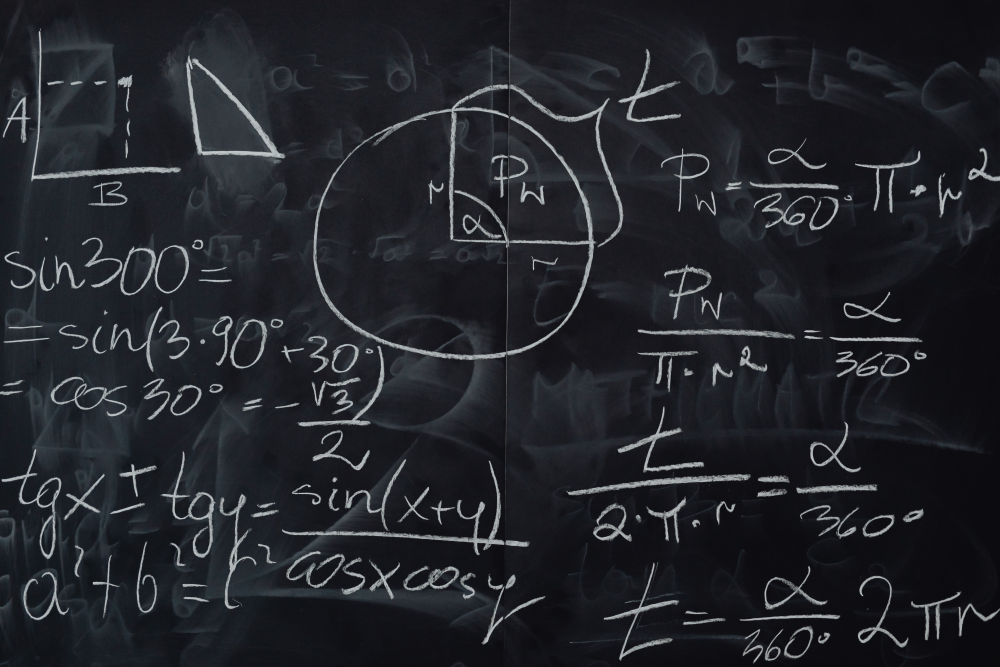IB SL Math AA Trigonometry Guide

Trigonometry is an essential branch of mathematics that deals with the relationships between the sides and angles of triangles. In the context of the International Baccalaureate (IB) Standard Level (SL) Math Analysis and Approaches (AA) course, trigonometry plays a crucial role in various topics such as geometry, calculus, and vectors.
This guide aims to provide a comprehensive overview of trigonometry within the IB SL Math AA curriculum, emphasizing key concepts and applications.
You can click to Practice Questions
1. Trigonometric Ratios
a. Sine (sin), Cosine (cos), and Tangent (tan)
The three fundamental trigonometric ratios are sine, cosine, and tangent. They are defined as follows:
- Sine (sin): The sine of an angle in a right-angled triangle is the ratio of the length of the side opposite the angle to the length of the hypotenuse.
- Cosine (cos): The cosine of an angle in a right-angled triangle is the ratio of the length of the adjacent side to the length of the hypotenuse.
- Tangent (tan): The tangent of an angle in a right-angled triangle is the ratio of the length of the side opposite the angle to the length of the adjacent side.
b. Reciprocal Trigonometric Ratios
In addition to the three main trigonometric ratios, there are three reciprocal trigonometric ratios:
- Cosecant (csc): The reciprocal of sine, csc(theta) = 1/sin(theta).
- Secant (sec): The reciprocal of cosine, sec(theta) = 1/cos(theta).
- Cotangent (cot): The reciprocal of tangent, cot(theta) = 1/tan(theta).
2. Trigonometric Identities
Trigonometric identities are equations that are true for all values of the variables involved. In IB SL Math AA, you'll encounter some essential trigonometric identities:
a. Pythagorean Identities
- sin^2(theta) + cos^2(theta) = 1
- 1 + tan^2(theta) = sec^2(theta)
- 1 + cot^2(theta) = csc^2(theta)
b. Sum and Difference Identities
- sin(A + B) = sin(A)cos(B) + cos(A)sin(B)
- cos(A + B) = cos(A)cos(B) - sin(A)sin(B)
- tan(A + B) = (tan(A) + tan(B)) / (1 - tan(A)tan(B))
c. Double Angle Identities
- sin(2A) = 2sin(A)cos(A)
- cos(2A) = cos^2(A) - sin^2(A) = 2cos^2(A) - 1 = 1 - 2sin^2(A)
- tan(2A) = (2tan(A)) / (1 - tan^2(A))
d. Half-Angle Identities
- sin(A/2) = ±√((1 - cos(A)) / 2)
- cos(A/2) = ±√((1 + cos(A)) / 2)
- tan(A/2) = ±√((1 - cos(A)) / (1 + cos(A)))
3. Trigonometric Equations
IB SL Math AA involves solving trigonometric equations, which require a solid understanding of the trigonometric identities mentioned above. The key steps to solving trigonometric equations include:
a. Simplification: Simplify the given equation using trigonometric identities.
b. Substitution: Use trigonometric identities to express all trigonometric functions in terms of one variable (usually sin or cos).
c. Solving for the Variable: Once the equation is simplified, solve for the variable using algebraic techniques.
d. Finding All Solutions: Trigonometric equations have periodicity, so it's essential to find all solutions within a given domain.
4. Trigonometric Functions and Graphs
Understanding trigonometric functions' graphs is vital in IB SL Math AA. The standard trigonometric functions include:
a. Sine Function (y = sin(x)): The sine function represents the vertical displacement of a point on the unit circle, generating a periodic wave-like graph.
b. Cosine Function (y = cos(x)): The cosine function represents the horizontal displacement of a point on the unit circle, resulting in a periodic graph similar to the sine function but with a phase shift.
c. Tangent Function (y = tan(x)): The tangent function represents the ratio of sine to cosine and has a periodic nature with vertical asymptotes at odd multiples of π/2.
5. Trigonometric Applications
Trigonometry finds applications in various fields, and IB SL Math AA covers some fundamental applications, such as:
a. Right Triangle Problems: Solving real-world problems involving right-angled triangles, including height and distance calculations.
b. Bearings: Using trigonometry to find bearings and angles of elevation/depression in navigation and surveying.
c. Simple Harmonic Motion: Analyzing oscillatory behavior using trigonometric functions.
d. Vectors: Applying trigonometry to represent and manipulate vectors, particularly in two dimensions.
Trigonometry is a crucial topic within the IB SL Math AA curriculum, providing a foundation for many other mathematical concepts. Understanding trigonometric ratios, identities, equations, functions, and applications is essential for success in the course and beyond. By mastering these concepts, you'll develop problem-solving skills applicable to a wide range of fields in mathematics and beyond. Practice, patience, and a strong grasp of the fundamental principles will help you excel in IB SL Math AA Trigonometry.


